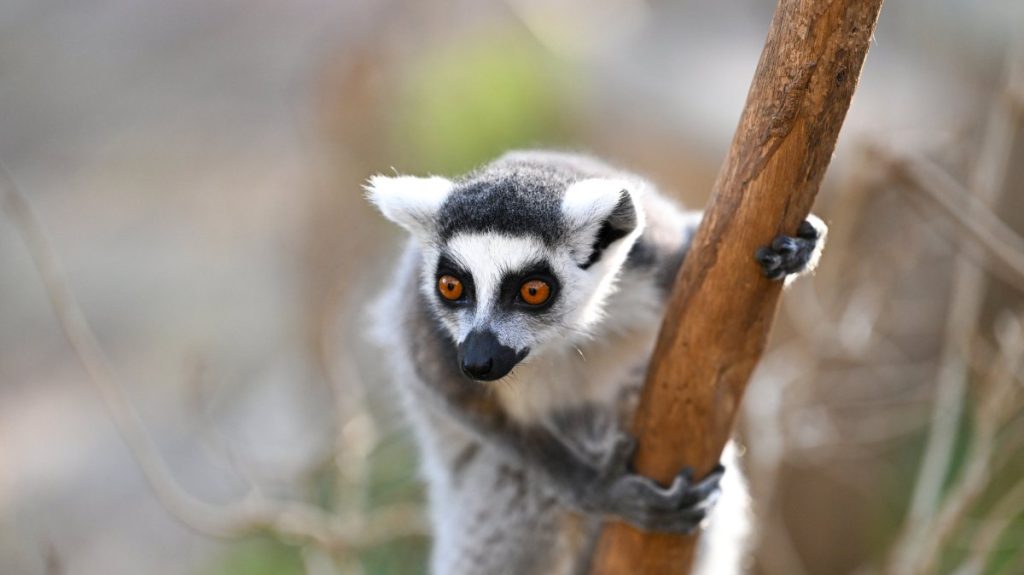Antalya Wildlife Park in southern Türkiye has treated a total of 1,171 animals under its clinical services throughout 2024, with 802 successfully returned to their natural habitats. The park’s director, Aygül Arsun, shared insights into the ongoing efforts to treat injured wildlife and emphasized the importance of the facility in supporting endangered species.
The treatment process at the park is not limited to animals housed within the facility. Wild animals brought in by individuals or authorized institutions also receive care at the park’s clinic. Arsun explained that the primary reasons for treatment include poisoning, electrocution from electric wires or injuries caused by other environmental hazards.
As Antalya lies along a crucial migration route, a variety of migratory bird species, including eagles, hawks, falcons, kestrels and herons, are among those treated. Under a protocol signed with the Antalya Directorate of Nature Conservation and National Parks, injured wild animals are brought to the park for rehabilitation.
One of the most notable ongoing treatments is for an endangered snake eagle. On Jan. 5, a snake eagle was found in a mountainous area in Burdur, severely injured with a broken leg and weakened condition. Arsun reported that the bird’s rehabilitation is challenging, as it suffers from a serious leg fracture and complete loss of sensation in its other limb. “We will try to treat it, but it might need amputation. It might not be able to return to the wild,” she stated.
In addition to treating injured wildlife, the park also works to combat the illegal wildlife trade. Animals seized as part of these efforts are brought to the park for rehabilitation. Commonly seized species include primates such as green monkeys, ornamental monkeys and baboons, often captured as infants or adults. Arsun revealed that two monkeys were recently seized, one from a home and the other from a bus station. The park also receives reptiles, such as snakes, which are taken from illegal trade networks.


